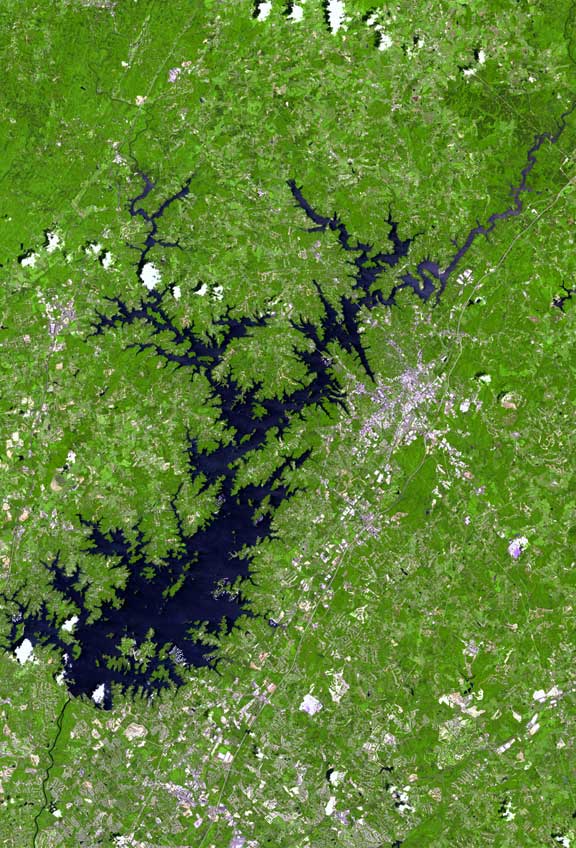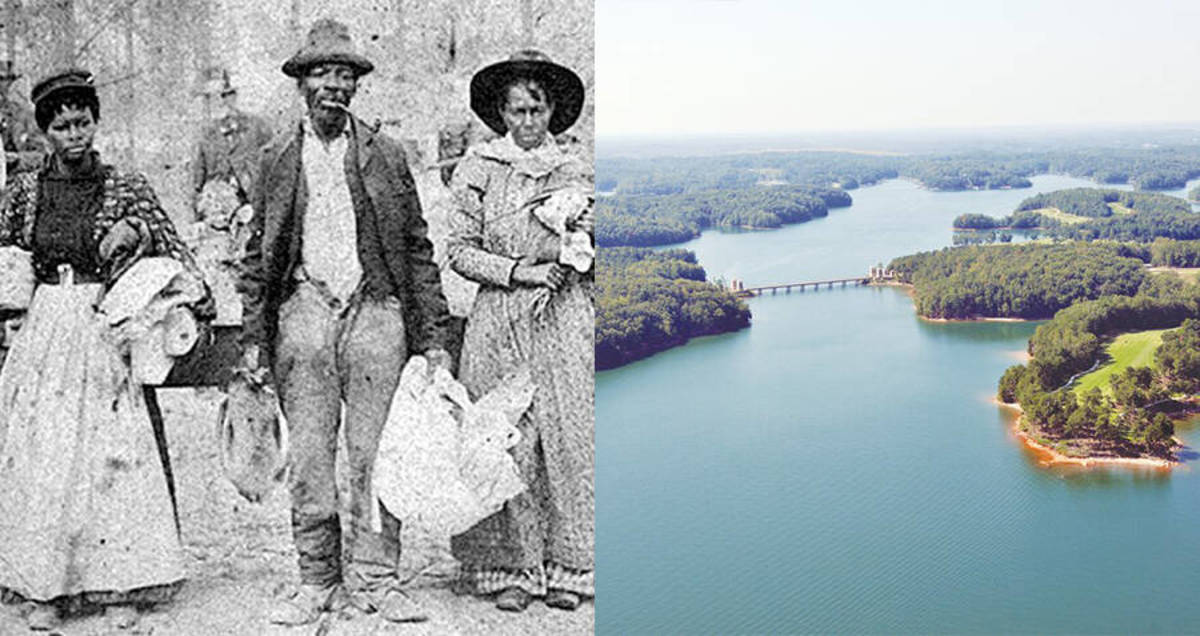
Occasionally we revisit the issue of “ghosts.” If you want an in-depth analysis/report, you may want to check out the book, The Spirits Around Us.
But for now, a cursory look.
Do the deceased — their spirits — sometimes linger and make themselves known, helping or harassing, looking for our prayers, in some cases perhaps draining the energy of, frightening, or harming the living?
One is careful because Scripture warns that Satan comes as “an angel of light,” and demons, by nature and nomenclature, are deceptive. We are especially admonished not to communicate with them (Leviticus 19:31; Deuteronomy 18:11; 2 Kings 21:6; Isaiah 8:19) but instead to pray for the souls. “As the cloud disappears and vanishes away, so he who goes down to the grave does not come up,” says Job 7:9-10. “He shall never return to his house, nor shall his place know him anymore.”
But through the centuries, cardinals and bishops, even saints (such as Padre Pio) have reported interactions with the deceased. And there are several accounts in the Bible itself where spirits or spiritual beings appear to humans. In the New Testament, the term “ghost” appears in contexts like Matthew 14:26, where the disciples see Jesus walking on the water and initially mistake him for a ghost. Jesus Himself used the term “ghost” in some translations.
In 1 Samuel 28, Saul consults the witch of Endor, who summons the spirit of the prophet Samuel. This story is one of the closest resemblances to the modern idea of a ghost, though it’s clear that such practices are condemned in the Bible.
The internet, YouTube, TikTok, cable television, and movies are filled with accounts.
Many of them, in the end, seem to trace back to graves, in the U.S. frequently Indian mounds: spirits, it seems (if we accept that they are spirits), “haunt” places where they are buried or met their deaths — lingering earthbound and over attached, perhaps in some cases purgatorial, in other cases, afraid to go to His Light and radiating negativity to the surroundings.
A case in point, perhaps: Lake Lanier in northern Georgia.
Harm?
There are folks who claim they have been tugged underwater by unseen hands there. Others report apparitions. Some people have simply disappeared.
This is a sizeable lake, with built-in physical hazards. And many visit, so you are going to have a higher number of problems. About eleven million visitors descend upon its shores every year.
But in the decades since its construction in the mid-1950s, the lake has claimed the lives of 500 to 700 people.
According to data compiled by USA Today and the Georgia Department of Natural Resources (DNR), over two hundred individuals lost their lives at Lake Lanier between 1994 and 2022.
“Lake Allatoona, forty miles to the west, receives close to the same number of visitors every year but has only one-third of the deaths,” observed a visitor.
An artificial lake designed to help meet Atlanta’s water needs and named after poet, musician, and Confederate army veteran Sidney Lanier, sits atop old towns and cemeteries.
Many of the graves belong to Indians or embittered slaves.
Cherokees were forced out of here and endured or succumbed to a torturous exodus (the “Trail of Tears,” during which many died) to reservations in the Midwest.
Blacks were treated harshly, even killed here. In the five years that it took to complete construction, Lake Lanier caused families and businesses to be pushed out of what once was a primarily black area, as well as about twenty graveyards to be relocated (in addition to those now submerged in the lake).
This resulted in ‘ghost towns’ with abandoned streets and houses, as well as tombstones sitting intact at the bottom of the fifty-nine-square-mile lake.
If you ever paid attention to any good horror film, building upon a grave or old burial ground is rarely a good idea.
The question: ghosts or demons?
Notes Outlook: “One of the most infamous tales haunting Lake Lanier is that of the ‘Lady of the Lake.’ In 1958, two women met a tragic end when their car veered into the lake near Lanier Bridge. Both vanished without a trace. A year later, a fisherman made a grim discovery—a body, later identified as the ‘Lady of the Lake’. In 1990, during bridge expansion work, another woman’s remains were found inside the submerged car, likely Susie Roberts.”
Or are most ghosts from the displaced town of Oscarville?
At least five churches were submerged.
The only statistic more shocking than total number of fatalities: the time when seven people died in a single day.
Known as the deadliest day in the history of Lake Lanier, seven members of two Gainesville, Georgia, families passed away after their station wagon crashed down a thirty-foot embankment and plunged into the turbid waters (on Christmas Day, 1964.)
In addition to accidents and drownings, there also have been what seem like an unlikely number of electrocutions and boat fires. Prayer need. And if you go to the lake, it wouldn’t hurt to pray for protection (or swimming anywhere, perhaps).
So is it “haunted”? Is there an Indian burial mound? Is it “cursed”?
Let’s just put it like this: Lake Lanier is a lake to be very careful on, in, or about.
[resources: The Spirits Around Us]




